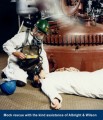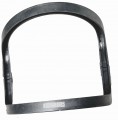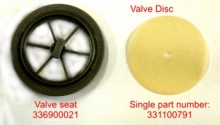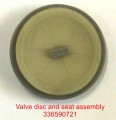 Loading... Please wait...
Loading... Please wait...Categories
 Recently added
Recently added
-
£1,500.00 (inc VAT) £1,250.00 (ex VAT)

-
£52.46 (inc VAT) £43.72 (ex VAT)

-
£57.12 (inc VAT) £47.60 (ex VAT)

-

-
£137.20 (inc VAT) £114.33 (ex VAT)

Our Newsletter
- Home
- Diving, Marine PPE & accessories
- SCUBA and other, under-water breathing equipment
- Divator/Spiromatic Valve seat, Inner mask, pack of two
- Home
- Hire & Maintenance for Safety & Medical Equipment
- Safety Equipment Maintenance
- Divator/Spiromatic Valve seat, Inner mask, pack of two
Divator/Spiromatic Valve seat, Inner mask, pack of two
Product Description
The Valve seats, fitted to the inner mask prevent build up of exhaled Carbon dioxide. Offering low flow resistance, for unhibited breathing, it is important that these valves are in good condition.
Valve discs should be replaced whenever they appear not to seat properly, or have started to perish or harden. The valve discs are routinely replaced annually, at service intervals.
Should the inner mask valves leak, concentrations of Carbon Dioxide may rise above 1% by volume. When this occurs, the rate of breathing will increase and air-duration will correspondingly decrease.
Research by Clarke, et alia, showed that breathing rates may treble, as CO2 concentrations rise above 2%. **
** an illustration from Clark's paper, showing the effect of increases in re-breathed CO2 is illustrated here.
Warranty Information
Find Similar Products by Tag
Find Similar Products by Category
Customers Who Viewed This Product Also Viewed
-
£50.03 (inc VAT) £41.69 (ex VAT)

-
£10.20 (inc VAT) £8.50 (ex VAT)

-
£34.80 (inc VAT) £29.00 (ex VAT)

-
£26.14 (inc VAT) £21.78 (ex VAT)














